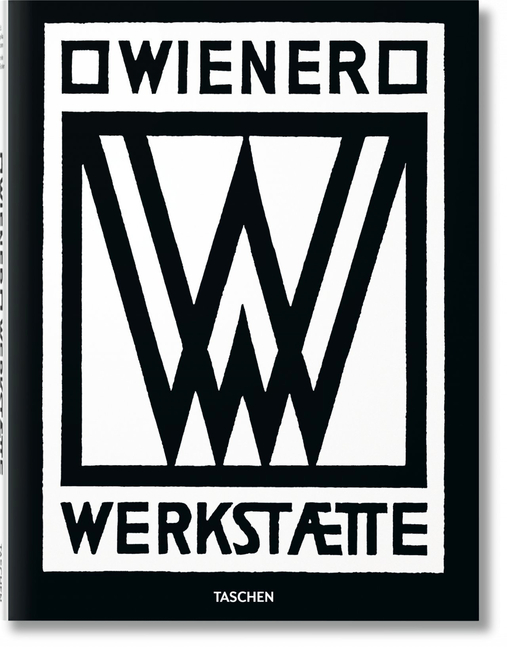The Wiener Werkstätte ("Vienna Workshop") bears many hallmarks of a modern creative movement. Founded in 1903 by Josef Hoffmann, Koloman Moser, and Fritz Waerndorfer, this progressive alliance of artists and designers was particularly interested in challenging industrialised society with individual handcraftsmanship, and in bringing different facets of life into one unified, elegant artwork.
The workshop began life in three small rooms, but soon expanded to fill a three storey building with special departments for metalwork, leatherwork, and woodwork, as well as a book binder and a paint shop. Artists experimented with various materials such as gold, precious stones, and papier mâché and applied their simple, often geometric, designs across ceramics, textiles, typography, interior design, furniture, and fashion. In architectural commissions such as the Purkersdorf Sanatorium and the Palais Stoclet in Brussels, the group was able to realize its ideal of the Gesamtkunstwerk ("total artwork"), in which every detail of an environment was designed as an integral part of a coordinated whole.
Though the workshop lasted only 30 years, it enjoyed major commercial success, with outlets in Karlsbad, Marienbad, Zurich, New York, and Berlin. It also garnered designs from many of the leading artists of the epoch, including Gustav Klimt, Oskar Kokoschka, and Egon Schiele. Today, the Vienna Workshop is recognized for its comprehensive approach to artistic practice and its stylistic influence on Art Deco and Bauhaus.


